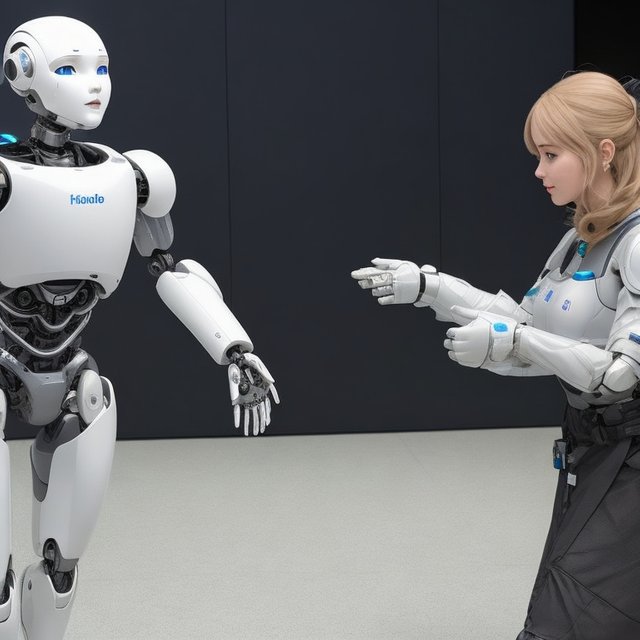The concept of humanoid robots, machines designed to resemble the human form, has long been a fascination of science fiction. In recent years, significant advancements in robotics and artificial intelligence have brought this once-fantastical idea to reality. Humanoid robots are now pushing the boundaries of realism and interaction, revolutionizing industries and changing the way we interact with machines. In this article, we will explore the fascinating world of humanoid robots, their remarkable capabilities, applications in various sectors, and the ethical considerations surrounding their use.
- The Rise of Realistic Humanoids:
Advancements in robotics and AI have enabled researchers and engineers to create humanoid robots that closely mimic human movements and expressions. These robots are equipped with sophisticated sensors, cameras, and actuators that allow them to interact with the environment and humans in a lifelike manner. The ability to replicate human-like gestures, facial expressions, and speech has made humanoid robots more approachable and engaging.
- Applications of Humanoid Robots:
Humanoid robots are finding applications in a wide range of industries, opening up new possibilities for human-robot collaboration and transforming various sectors:
a. Healthcare:
In the healthcare industry, humanoid robots are playing a significant role in assisting patients and healthcare professionals. These robots can serve as companions for the elderly, providing emotional support and reducing feelings of loneliness. In rehabilitation centers, humanoid robots are used to assist patients with exercises and physical therapy, improving recovery outcomes.
b. Education:
In educational settings, humanoid robots are utilized to engage and interact with students. They can be programmed as interactive tutors, helping students grasp complex concepts and encouraging active learning. Humanoid robots in education foster creativity and curiosity, making learning a more enjoyable experience for students.
c. Customer Service and Hospitality:
Humanoid robots are becoming a common sight in hotels, restaurants, and airports. They can greet guests, provide information, and assist with check-ins, enhancing customer service experiences. In the hospitality industry, these robots are also used for room service delivery and concierge services.
d. Research and Exploration:
Humanoid robots are employed in research and exploration missions where human presence may be hazardous or challenging. They can be sent to hazardous environments, such as disaster zones or outer space, to gather data and assist in rescue missions.
- Ethical Considerations:
As humanoid robots become more advanced, ethical considerations arise concerning their role in society and human-robot interactions:
a. Privacy and Data Security:
Humanoid robots equipped with cameras and sensors raise concerns about privacy and data security. It is crucial to establish clear guidelines and safeguards to protect the personal information of individuals interacting with humanoid robots.
b. Social Impact:
The widespread adoption of humanoid robots may lead to job displacement and raise questions about their impact on the job market. It is essential to consider how these robots can complement human skills and create new opportunities rather than replace human workers.
c. Autonomy and Decision-making:
As humanoid robots become more autonomous, concerns about their decision-making processes and accountability may arise. Ensuring transparency and ethical guidelines in AI algorithms is vital to prevent unintended consequences.
Conclusion:
Humanoid robots represent a remarkable technological achievement, pushing the boundaries of realism and interaction with machines. Their applications in healthcare, education, customer service, and research offer promising possibilities for improving human lives and driving innovation. However, ethical considerations, such as data privacy, job displacement, and autonomy, must be addressed to ensure responsible and beneficial integration into our society. As we venture further into the world of humanoid robots, it is essential to strike a balance between technological advancement and human well-being, creating a future where human-robot collaboration fosters progress, empathy, and a better quality of life for all.
